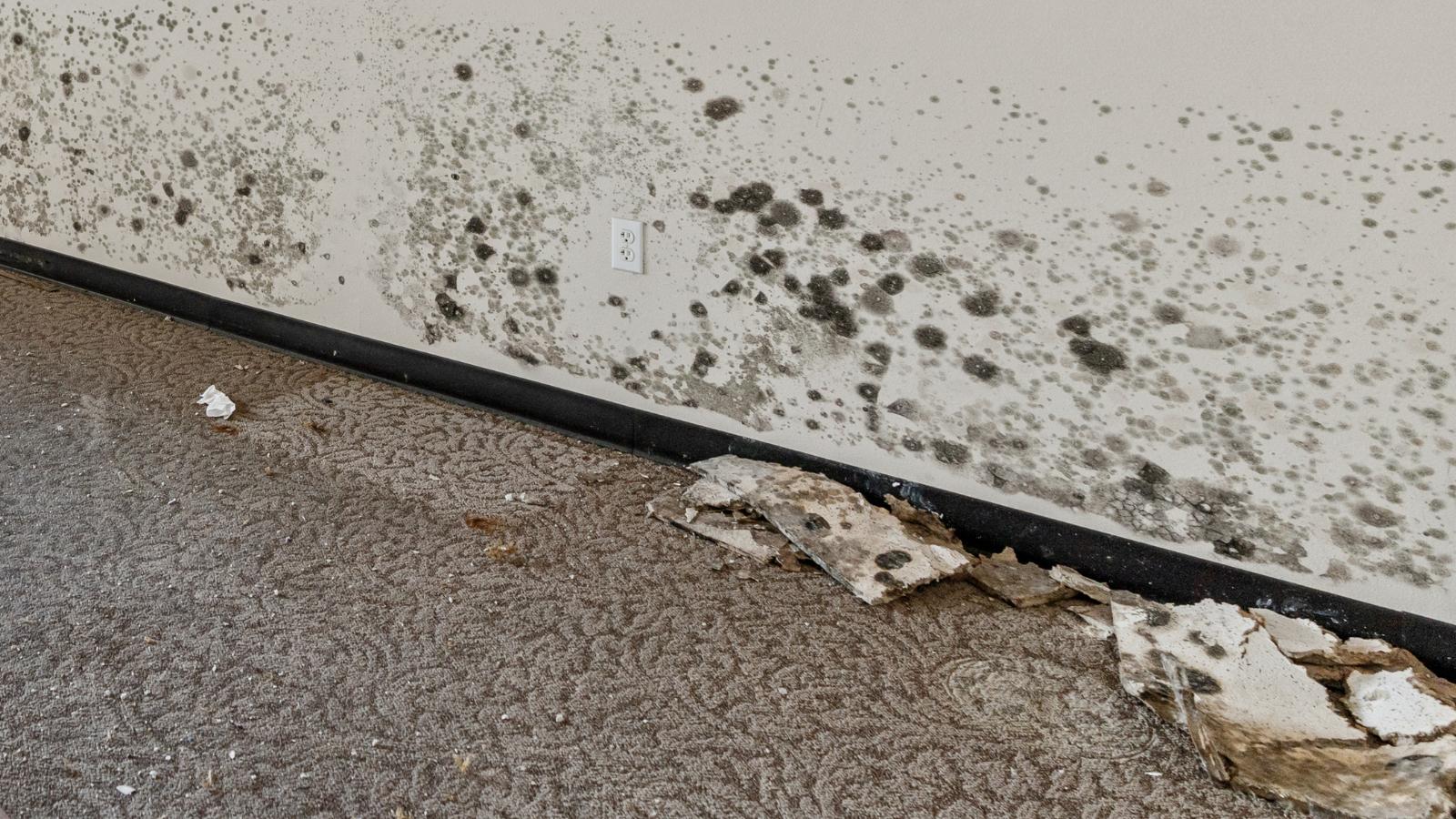6 min read
8 Myths About Mold
Over the years, our team at CRC has encountered numerous misconceptions surrounding mold. Today, we aim to dispel a few of these myths and provide...

Water damage can be a challenging issue for property managers, risk managers, and insurance adjusters to handle. Often, the first sign of water damage is not visible but rather detected through distinct odors. Understanding these odors is crucial in identifying the type of water damage and the potential risks associated with it. In this article, we will explore three common odors associated with water damage and discuss the importance of immediate professional intervention. Furthermore, we will highlight the protocols for handling and removing hazardous substances like sewage and mold, and provide insights into effective odor removal techniques.
Sewage Odor: One of the most unmistakable and unpleasant odors associated with water damage is the smell of raw sewage. This odor is typically indicative of damage caused by a sewer backup. When water contaminated with sewage infiltrates a property, the resulting stench is a clear signal that immediate action is necessary. Exposure to sewage poses significant health and safety risks, making it vital to contact professionals promptly. Trained experts possess the knowledge and equipment required to handle the removal and remediation process safely and effectively.
Muddy Odor: If water infiltrates a property from the outdoors, such as during a flood or heavy rain, a distinct muddy odor may become noticeable. This smell is similar to that of a lake or river and can indicate the presence of contaminated water within the property. It is important to remember that water from external sources can carry various pollutants, including bacteria, chemicals, and debris. Prompt action is necessary to mitigate further damage and prevent the development of potential health hazards. Engaging professionals who specialize in water damage restoration will ensure that the affected areas are thoroughly cleaned and disinfected.
Musty Odor: If water damage is left unaddressed or not remediated correctly, it can lead to long-term consequences, including the growth of mold and other microbes. A musty smell is often an indicator of microbial growth, which can occur within 24 to 48 hours following water damage. Mold not only causes property damage but also poses serious health risks. Inhalation or exposure to mold spores can trigger allergies, respiratory issues, and other health complications. Recognizing the musty odor is critical in identifying potential mold growth and taking immediate action to prevent its spread. Trained professionals equipped with specialized knowledge and equipment can effectively address mold-related concerns and restore the property to a safe and habitable condition.
When encountering any of the aforementioned odors associated with water damage, it is essential to seek professional assistance without delay. Property managers, risk managers, and insurance adjusters should prioritize the health and safety of occupants and themselves by adhering to strict protocols for handling hazardous substances. These protocols involve ensuring the appropriate protective gear, employing proper containment measures, and employing effective remediation techniques. Attempting to handle sewage or mold-related issues without proper training and equipment can lead to further contamination, health risks, and potential legal liabilities.
The good news is that with the right equipment and specialized deodorizers, unpleasant smells associated with water damage can typically be eradicated. Professional water damage restoration companies employ advanced techniques such as air filtration, dehumidification, and specialized cleaning agents to eliminate odors. These techniques not only remove the odor but also address the underlying cause, ensuring a thorough restoration of the affected areas.
Detecting and addressing water damage promptly is crucial for property managers, risk managers, and insurance adjusters. The distinct odors associated with water damage act as crucial clues in determining the type and severity of the damage. Sewage, muddy, and musty odors indicate different sources and potential risks, including health hazards and property damage. It is imperative to engage trained professionals to handle water damage restoration and remediation processes effectively. With their expertise and specialized equipment, these professionals can mitigate the risks associated with sewage, contaminated water, and mold, ensuring the complete removal of odors and the restoration of a safe and habitable environment. Remember, prompt action and professional intervention are key to minimizing the impact of water damage and its associated odors.

6 min read
Over the years, our team at CRC has encountered numerous misconceptions surrounding mold. Today, we aim to dispel a few of these myths and provide...
.jpg)
In August 2021, Hurricane Ida struck Louisiana, becoming one of the most powerful storms to hit the United States. This devastating Category 4...

Water damage in commercial buildings can be a costly and time consuming issue to fix. The worst part is, sometimes the damage isn’t known until it...